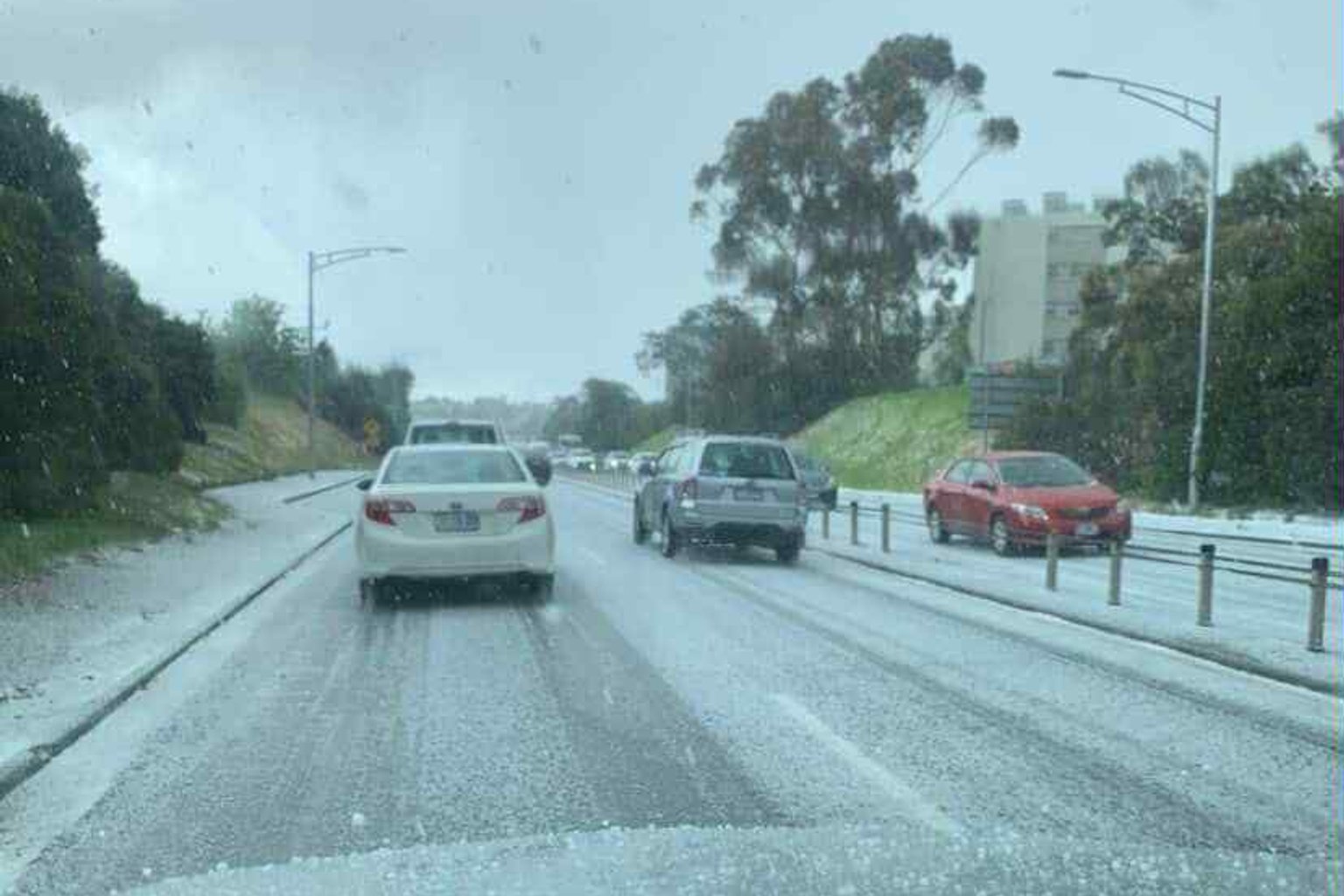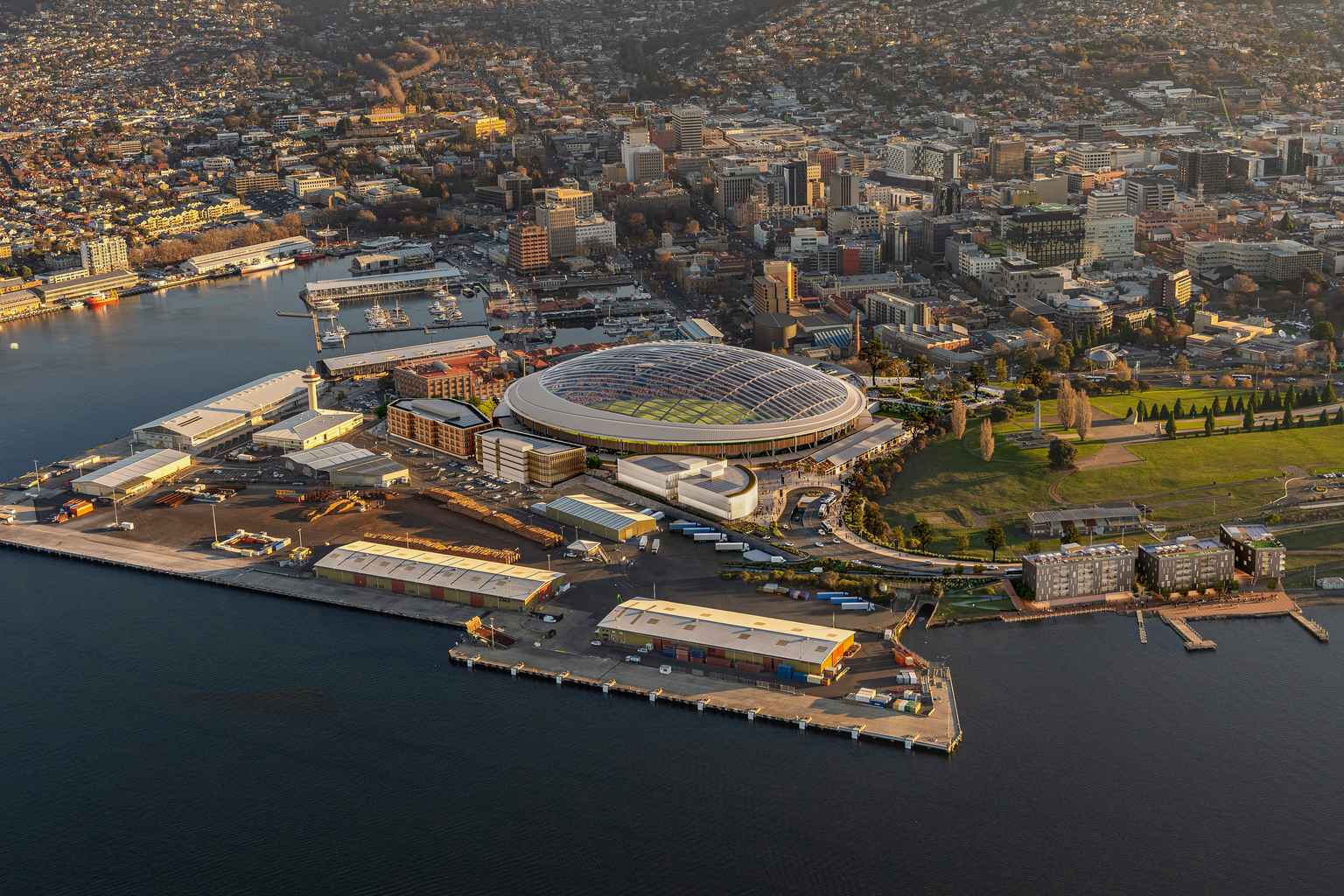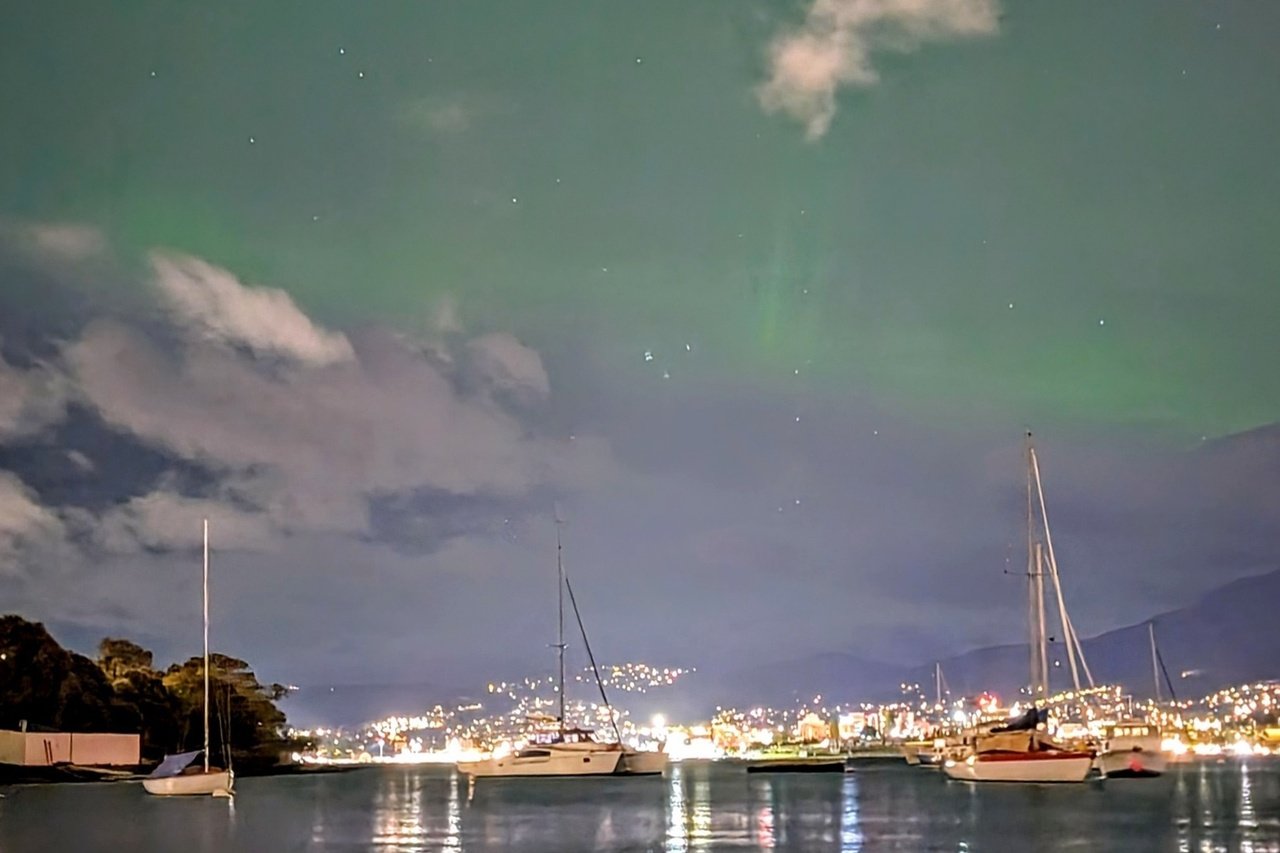Water tanks are running dry as Flinders Island endures one of its driest spells in recent memory, with rainfall more than 500mm below average.
“Every time rain gets predicted, it seems to come to the island and just split like the Red Sea,” Flinders Island Mayor Rachel Summers told Local Radio on Thursday.
The community is already feeling the impact, with TasWater implementing stage one water restrictions for Lady Barron, while Whitemark residents have been warned that restrictions may soon follow due to low storage levels.
Stage one restrictions are designed to cut non-essential water use by around 20%, particularly during peak times, while still allowing people to maintain their homes, gardens and public spaces.

“People’s water tanks are starting to run out,” Summers said, adding the restrictions that have been in place since February are “a bit unusual for this time of year”.
The prolonged dry spell has agricultural producers particularly concerned about maintaining their operations.

“Farmers are worried about how they’re going to have enough water to keep their livestock in good condition,” Summers said.
The situation has prompted some residents to drill new bores in search of groundwater, though this has raised additional concerns.
“We have concerns about the underground water tables and what levels they’re at,” said Summers.
“We have people putting bores in just to try and get some water security and so there’s concerns around the effects that that’s going to have.”

The water situation extends beyond Flinders Island. Cape Barren Island, which experienced a complete water shortage several years ago, is approaching a similar crisis point.
“They had some real issues a few years back where they actually ran out of water and it’s sort of starting to get to that point again,” Summers said.
“They’re having some meetings with government departments to try and get some plans implemented to ensure that they don’t run out of water.”
The Bureau of Meteorology recently confirmed Tasmania just experienced its driest April in a decade and forecasts show little rain relief on the horizon for at least the next two weeks.

In its April report, the BOM noted: “Most of the north-west had its lowest on record January to April rainfall since 1900.”
“Tasmania’s area-averaged rainfall total in April was 55.3 mm, 51% below the 1961–1990 average. It was the driest April in Tasmania since 2015.”
TasWater has also flagged that stage one restrictions could soon be rolled out in Oatlands, Adventure Bay, greater Launceston, Mole Creek and Whitemark.







